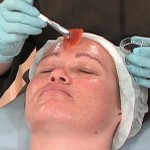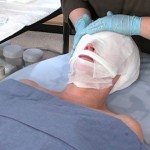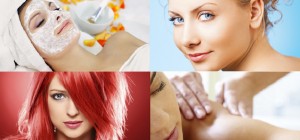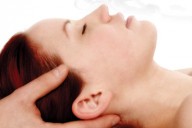Chemical Peels 101
0With numerous skin care treatments on the market today, chemical peels are still one of the best options to consider for a healthier, more vibrant complexion.
According to skincare expert Ellen Clark, chemical peels quickly help to reduce acne, smooth lines and wrinkles and lighten and fade dark spots. There are several key considerations, however, to ensure the best possible clinical peel to treat a client’s individual needs.
If you are offering chemical peels, begin the service with a thorough skin analysis, offer a variety of peel strengths and solutions, and start out conservatively, advises Clark. “Most clients respond exceptionally well to light chemical peels when performed by a skilled technician who uses quality product,” she adds.
The following are key considerations when considering a chemical peel:
• “Varying skin types and skin conditions play a key role in choosing the correct peel strength,” Clark added. Especially if you are working with Asia skin, sensitive skin, easily burned skin or breakout-prone skin to breakouts, make sure you have experience and training those particular skin types and ethnicities before offering these services.
• Select the correct peel. Because there are many on the market today, carefully conduct research beforehand. Key ingredients such as glycolic acid range from 5-50%, depending upon the desired result and goal. The Ph of the product also plays an important role in the overall process, and it’s imperative that you thoroughly understands the products you use and takes the time to answer the client’s questions. Said Clark, “Some peels cause no visible peeling, while other agents cause one to peel like a snake for three straight days. Some clients want to “see” their skin peeling, and other people do not want the peeling to be noticeable.
Communicate and discuss this with your client.”
• Know the ingredients in the peeling agent. It’s best to determine this beforehand in the event that your client is allergic to any key ingredients. The most common peeling agents used in the spa setting are glycolic acid, salicylic acid (to be avoided if your client is allergic to aspirin), lactic acid, TCA, vitamin A or a combination of several acids.
• Achieve the end result desired. Some women have acne issues they wish to have cleared up while others strive to reduce wrinkles, skin discolorations or simply maintain a smoother-looking complexion. Spa peels are considered “progressive,” meaning that a client typically purchases a series of four to eight peels, performed during several months, with results that occur without some of the side affects commonly associated with deeper, more invasive physician-administered peels.
This article was originally published in the January 2009 issue of Skin Inc. magazine and is being reprinted with permission. All rights reserved
Malinda McHenry can show you all the latest types of chemical peels available. She helped Aesthetic VideoSourcemake 4 educational chemical peel dvd‘s on Alpha Hydroxy, Beta Hydroxy, Microdermabrasion Peels, and Medical Grade. Educate yourself by watching one of our chemical peel videos.





